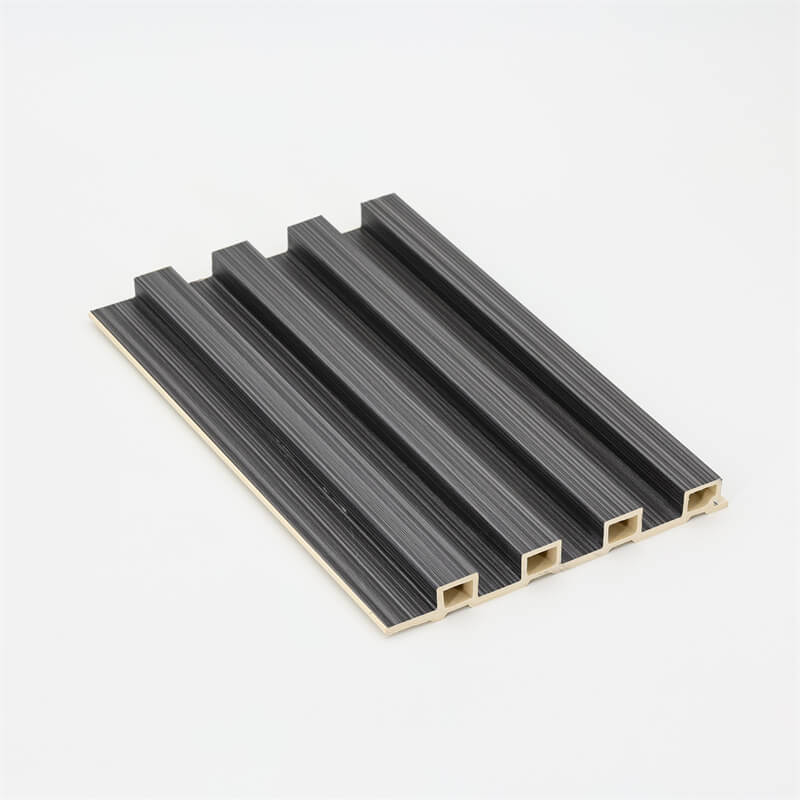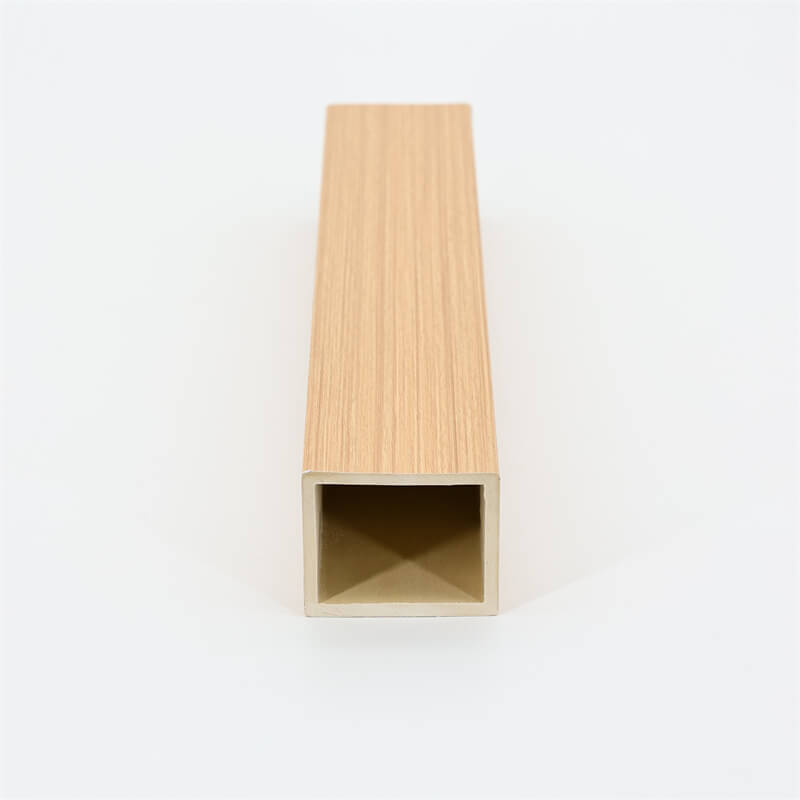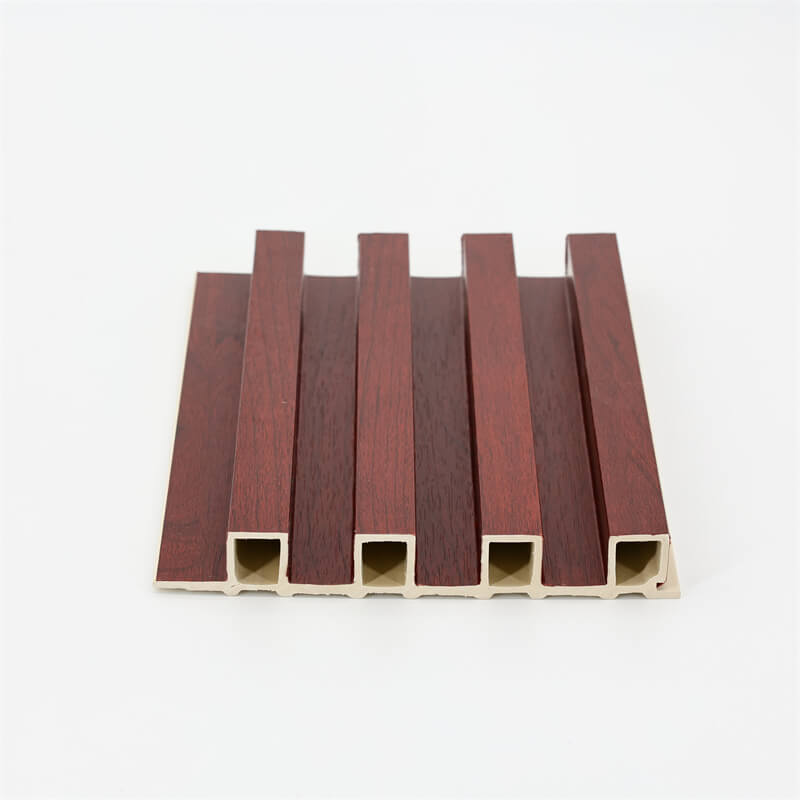
Interior design has evolved significantly over the years, moving away from conventional materials to embrace sustainable and innovative alternatives.
Among these, Wood Plastic Composite (WPC) wall panels have emerged as a game-changer, offering a stylish and eco-friendly solution for interior spaces.
This essay explores the transformative impact of WPC wall panels on interior design, highlighting their versatility, sustainability, durability, and aesthetic appeal.
As we delve into the various aspects of this revolutionary material, we will understand how it has reshaped the way we design and decorate our living and working spaces.
I. Versatility: A Canvas for Creative Expression
WPC wall panels have opened up a world of possibilities for interior designers, architects, and homeowners alike.
The versatility of this material allows it to be seamlessly integrated into a wide range of design themes, from contemporary to traditional and everything in between.
Unlike traditional wall coverings, WPC panels come in a variety of finishes, textures, and colors, allowing designers to explore their creativity and imagination fully.
One of the primary features that make WPC panels versatile is their ability to mimic natural materials like wood, stone, or even metal.
Advanced manufacturing techniques enable WPC panels to replicate the authentic look and feel of these materials without the environmental impact or high maintenance costs associated with natural alternatives.
This flexibility enables interior designers to create stunning accent walls, focal points, or entire room installations that resonate with the client’s preferences and the overall design concept.
Furthermore, the ease of installation of WPC wall panels adds to their versatility.
They are designed to fit together seamlessly, reducing construction time and labor costs significantly.
As a result, the panels can be utilized in various settings, including residential spaces, commercial offices, hotels, and restaurants.
The transformative nature of WPC panels lies in their ability to act as a blank canvas,
allowing interior designers to create unique and captivating spaces that leave a lasting impression on visitors and occupants alike.

II. Sustainability: A Greener Path for Interior Design
Sustainability has become a crucial aspect of modern interior design, as awareness of environmental issues grows.
WPC wall panels have emerged as a greener alternative to conventional materials, promoting responsible design choices without compromising on aesthetics.
The core materials of WPC panels comprise recycled wood fibers and plastic, diverting waste from landfills and reducing the demand for virgin resources.
The use of recycled materials in WPC panels significantly lowers their carbon footprint, making them an eco-friendly choice.
Additionally, they contribute to a reduction in deforestation and the depletion of natural resources associated with traditional wood products.
The incorporation of plastic waste further addresses the issue of plastic pollution, offering a responsible solution to repurpose and recycle plastic materials.
WPC wall panels also promote sustainable building practices by being long-lasting and durable.
Their resistance to water, rot, and pests ensures that they have a longer lifespan compared to traditional wood or wall coverings.
This extended durability reduces the need for frequent replacements, saving resources and minimizing waste over time.

III. Durability: A Practical Investment for the Future
In addition to their sustainable properties, WPC wall panels boast impressive durability, making them a practical and cost-effective investment for the future.
Traditional materials, such as wood and plaster, are susceptible to wear and tear, moisture damage, and warping, requiring regular maintenance and replacements.
However, WPC panels are engineered to withstand various environmental challenges, ensuring their longevity and performance even in high-traffic areas.
The inherent water resistance of WPC panels prevents mold and mildew growth, making them an ideal choice for bathrooms, kitchens, and other moisture-prone spaces.
Moreover, their resistance to fading, chipping, and scratching ensures that the aesthetic appeal remains intact for years, reducing the need for refinishing or repainting.
IV. Aesthetic Appeal: Elevating Interior Spaces
Beyond their practicality and eco-friendliness, WPC wall panels offer undeniable aesthetic appeal.
As mentioned earlier, they can mimic the appearance of natural materials flawlessly, allowing designers to create a luxurious ambiance without the associated costs and maintenance.
Whether it’s a rustic wooden look, a sleek marble finish, or an industrial metal appearance, WPC panels provide endless possibilities for elevating interior spaces.
The aesthetic charm of WPC panels doesn’t diminish over time, thanks to their robust composition and protective coatings.
This ensures that the design’s initial allure remains unchanged, allowing occupants and visitors to appreciate the beauty of the interior space for years to come.
In conclusion, WPC wall panels have transformed interior design by providing a stylish and sustainable choice for architects, interior designers, and homeowners.
Their versatility allows for creative expression in various design themes, while their sustainable properties make them a greener alternative to conventional materials.
Additionally, their durability and aesthetic appeal make them a practical and visually captivating investment for interior spaces.
As we continue to prioritize sustainability and responsible design, WPC wall panels offer a compelling solution to shape aesthetically pleasing and eco-friendly interior spaces in the years to come.
